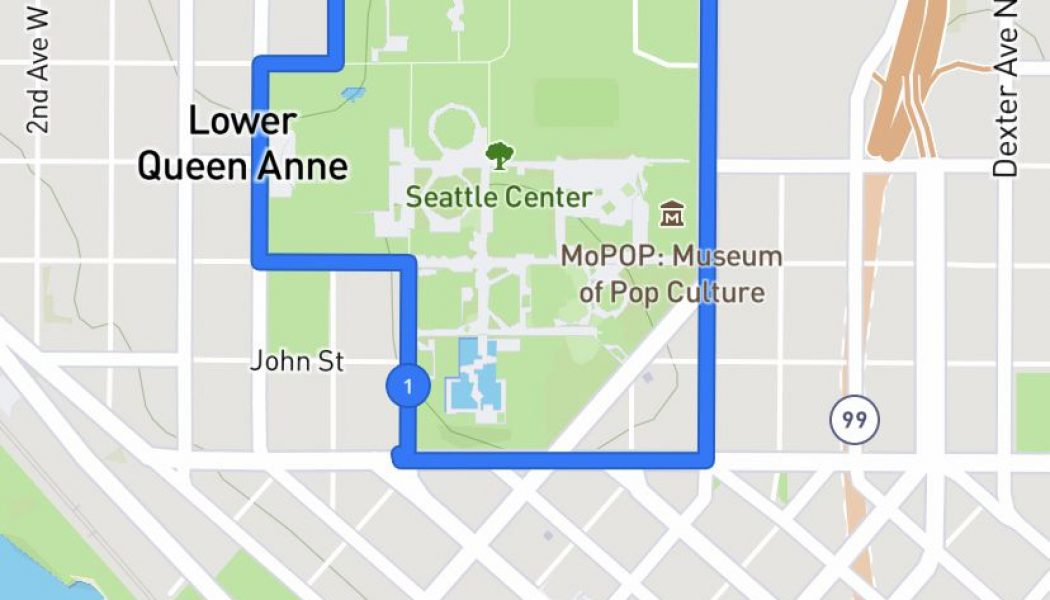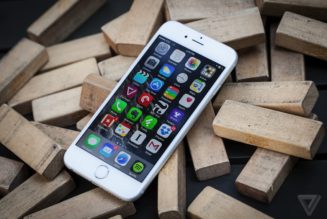As you may have heard one or two times, we’re now roughly a year into COVID and pandemic lockdown life. To fill the void in our lives that was once occupied by social gatherings, visiting family, and breathing indoor air freely, many of us have turned to new hobbies and habits. Some of them are even healthy!
Taking a daily or, if I’m being honest, semi-daily walk is a lockdown habit that has seen me through These Unprecedented Times. I’m not alone, either — without gyms or really anywhere else to go at all, lots of us have embraced (or at times, endured) a daily walk around the neighborhood.
To be sure, it’s not always easy. I got tired of walking by the same houses and the same pieces of fossilized trash about six months in. It rains a lot where I live and that can turn an otherwise pleasant walk into a real bummer. Other days, the motivation just isn’t there and the mailbox is as far as I get. But a few tricks along the way have helped me and fellow Verge staffers stay committed to the walk ritual. Here are some techniques to keep your pandemic walk routine fresh and the apps that can help you put them into practice.
Find a new route
:no_upscale()/cdn.vox-cdn.com/uploads/chorus_asset/file/22354699/footpath.jpg)
This year I’ve embraced the life-changing magic of hauling myself out of my own neighborhood and going on a walk somewhere else. It feels counterproductive driving somewhere to take a walk, but it really does help shake things up when I’m burned out on my usual route.
AllTrails is an app popular with hikers, but it’s also great for finding nearby parks and trails you may not know about, whether you’re in an urban spot or farther from the city. There’s also an active community who leave helpful tips, like whether the restrooms are a horror show or if the parking lot is a hotspot for break-ins. All of its basic features are available in the free version.
Footpath is another good tool to help identify a new route, whether it’s close to home or somewhere unfamiliar. Use the app’s detailed street map to draw roughly where you’d like to go; the app will snap your route to the nearest streets and pathways. Footpath gives you important details about the route like mileage, elevation gain / loss along the way, and even a time estimate that factors in hills so you know what you’re getting into. You can trace out the full route or draw a path to a destination you’d like to reach and the app can create a loop route back to your starting point.
The free version will help you brainstorm some new walks, but more advanced features like turn-by-turn navigation — iPhone only for now but coming to Android soon — require an Elite subscription ($23.49 annually). Alternatively, you can add Elite features to individual saved routes for a one-time fee of $1.99 each.
Make it mindful
Any therapist or Silicon Valley CEO will tell you about the benefits of meditation. My brain is too noisy for a traditional sitting-and-breathing meditation, but I find walking meditations a lot easier to get into. Calm and Headspace (each is $69 for an annual subscription) offer walking meditations of various lengths; the ones offered by Headspace are tailored to more specific circumstances, like walking in a city or just back and forth at home. There are also plenty of free options if you search YouTube or your streaming music service of choice.
Find something to tune into
:no_upscale()/cdn.vox-cdn.com/uploads/chorus_asset/file/22354708/apple_time_to_walk_apple_watch_airpods_01252021_inline.jpg.large_2x.jpg)
Finding a bite-sized podcast to listen to during walk time is a nice bonus incentive to take a break and head out the door. NPR’s Short Wave is a quick ten-ish minutes with episodes every weekday. One of my Verge colleagues uses her walk to catch up on Gamertag Radio. Or check out an audio book from your local library with the Libby app to make walk time double up as your reading time. And for something a little more freeform, use the time to listen in on a conversation on Clubhouse or Twitter Spaces.
If you’re an Apple Fitness Plus subscriber, Time to Walk is a great option. Featured celebrities like Dolly Parton share stories, recorded as they walk in places that are meaningful to them. It’s a nice, reflective experience with a diverse range of hosts. You will need a subscription to Apple’s $79 / year fitness service and an Apple Watch, so it’s more likely to be an option if you’re already invested in those things.
Gamify it
:no_upscale()/cdn.vox-cdn.com/uploads/chorus_asset/file/22354714/seek.jpg)
It works on kids and it works on adults: when all else fails, turn it into a game. Tracking walks on MapMyRun or Strava can give you that extra sense of accountability and accomplishment when you get back home and tap the “finish” button. It’s a neat little trick that works on my lizard brain.
Or, do as another of my Verge colleagues does and take note of local critters and plant life with the Seek app. It uses your phone’s camera to identify plants, birds, and other kinds of fauna. Best of all, it will keep track of species you’ve indentified and award badges as you identify more. Badges!
Of course, that’s just the real-life version of the classic catch ‘em all game. Another Verge staffer uses that oldie but goodie Pokémon Go to keep her neighborhood walks interesting. If you missed its rise in popularity the first time around, here’s the gist: several years ago, Pokémon Go tricked a bunch of us into going outside to look for AR characters in real-life locations. Once you find them, you can capture them by flinging virtual pokéballs at them on your phone screen. Keep it casual and just see how many different pokémon you encounter and capture on your walk route, or seek out rarer pokémon more aggressively. It’s your world.










